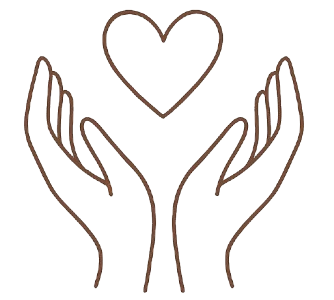The Resilient Apprentice:
In the heart of a bustling city, where skyscrapers kissed the sky and time moved faster than a heartbeat, there lived a young man named Ethan. His days were spent in the cramped office of Mr. Harrington, a stern and exacting employer. Mr. Harrington’s face was etched with lines of disapproval, and his voice carried the weight of a thousand deadlines.
Ethan had dreams—of creating art, of traveling the world, of finding joy in the simplest moments. But those dreams were buried beneath stacks of paperwork, endless meetings, and the relentless ticking of the office clock. Mr. Harrington demanded perfection, and Ethan felt like a fragile glass figurine, always on the verge of shattering.
Every morning, Ethan would arrive early, hoping to catch a glimpse of the sun before it surrendered to the city’s concrete embrace. But Mr. Harrington was already there, hunched over his desk, eyes scanning spreadsheets as if deciphering ancient hieroglyphs.
“Ethan,” Mr. Harrington would bark, “I need those reports by noon. And don’t forget the revisions on the client proposal. Attention to detail, boy!”
Ethan’s patience wore thin. He yearned for a mentor who would inspire, not intimidate. But quitting was not an option. Bills piled up like fallen leaves, and his dreams seemed distant, like stars obscured by smog.
One rainy afternoon, as Ethan stared out the window, he noticed a sparrow perched on the ledge. Its feathers were bedraggled, yet it sang—a defiant melody against the gray backdrop. Ethan wondered how the tiny bird found solace in the storm.
That evening, he sat by the river, watching the water flow—a ceaseless dance of currents and eddies. He dipped his fingers into the cold stream, feeling the pulse of life. And then it struck him—the river didn’t fight the rocks; it flowed around them, shaping them over time.
Ethan decided to approach Mr. Harrington differently. Instead of resentment, he would offer understanding. Instead of frustration, he would cultivate resilience. He began to see the man behind the stern facade—a man burdened by his own battles.
One day, when Mr. Harrington berated him for a minor error, Ethan took a deep breath. “Sir,” he said, “I apologize for the oversight. I’ll correct it immediately.”
To his surprise, Mr. Harrington paused. His eyes softened, just a fraction. “Ethan,” he said, “you remind me of my younger self—a dreamer, eager to change the world. But life has a way of tempering dreams.”
Ethan listened as Mr. Harrington shared stories—the missed opportunities, the sacrifices, the heartaches. He realized that beneath the gruff exterior lay a man who had weathered storms of his own.
Days turned into weeks, and Ethan practiced patience. When Mr. Harrington criticized, he nodded and improved. When deadlines loomed, he worked late, fueled by determination. Slowly, a bridge formed between them—a fragile connection built on empathy.
One evening, as the office lights flickered, Mr. Harrington approached Ethan’s desk. “You’ve changed, boy,” he said. “Your resilience—it’s like a river that wears down even the toughest stones.”
Ethan smiled. “We all have currents to navigate, sir. And sometimes, the hardest battles are fought within.”
Mr. Harrington’s gaze lingered on the framed photo of Ethan’s art studio—the one he had tucked away. “You’re an artist, aren’t you?”
Ethan nodded. “I paint, sir. It keeps me sane.”
Mr. Harrington sighed. “I used to play the violin. But life demanded other tunes.”
And so, in the quiet of that office, two souls found common ground. Ethan learned that tolerance was not weakness—it was strength in disguise. And Mr. Harrington discovered that patience could soften even the hardest edges.
Years later, when Ethan stood at the gallery, his paintings adorning the walls, he thought of the difficult days—the storms weathered, the bridges built. And he whispered a silent thank you to the man who taught him that compassion could transform even the most rigid hearts.
For in the heart of a bustling city, where time moved faster than a heartbeat, Ethan realized that resilience was not about enduring—it was about flowing, shaping, and finding beauty in the journey.



